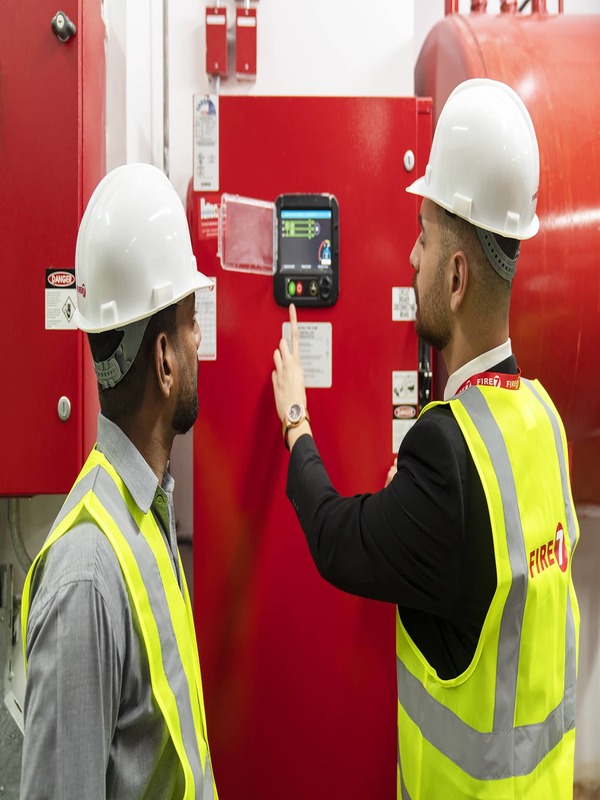Testing
Testing of MEPF (Mechanical, Electrical, Plumbing, and Fire Protection) systems is a crucial step to ensure their proper functioning, performance, and compliance with design requirements and industry standards. Here are the key aspects to consider when conducting testing:
1. Testing Plan:
Develop a comprehensive testing plan that outlines the specific tests to be performed for each MEPF system. The plan should include details such as test objectives, procedures, acceptance criteria, and responsible parties.
2. Functional Testing:
Conduct functional testing for each MEPF system to verify that they are operating as intended and meeting the design requirements. This includes testing the individual components, controls, and interconnections of the systems.
3. Performance Testing:
Perform performance testing to evaluate the efficiency and effectiveness of MEPF systems. This may involve measurements, calculations, and analysis to ensure that the systems are delivering the desired performance levels, such as proper heating, cooling, ventilation, lighting levels, water flow rates, etc.
4. Integration Testing:
Test the integration and coordination between different MEPF systems to ensure seamless operation and compatibility. For example, test the integration between HVAC controls, electrical systems, and fire protection systems to ensure they work together without conflicts.
5. Safety and Compliance Testing:
Verify that the MEPF systems meet safety standards and comply with relevant codes and regulations. This includes testing fire protection systems for functionality, alarm systems for proper operation, electrical systems for grounding and insulation, and plumbing systems for leakages and proper drainage.
6. Environmental Testing:
Assess the performance of MEPF systems under different environmental conditions. This may involve testing HVAC systems for cooling and heating capacity, ventilation rates, and indoor air quality measurements.

